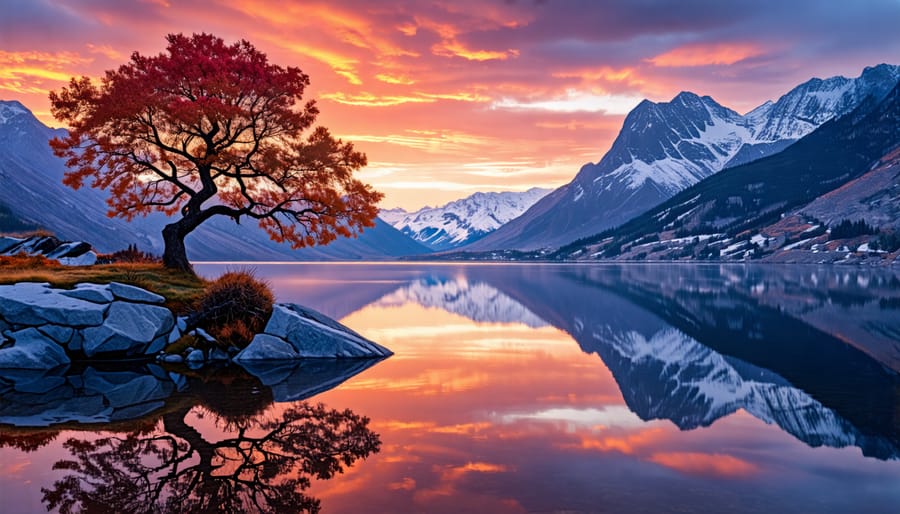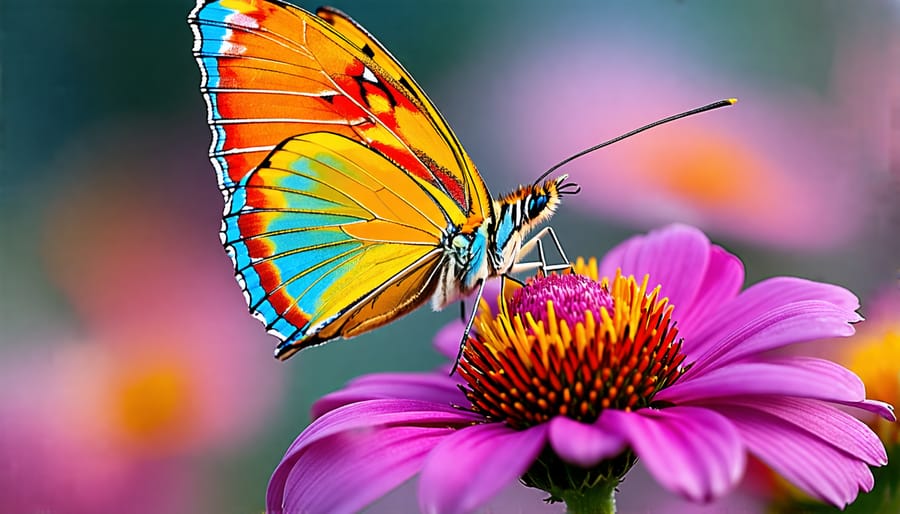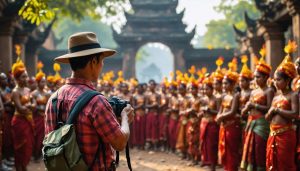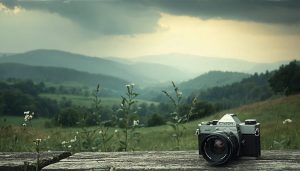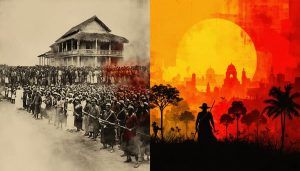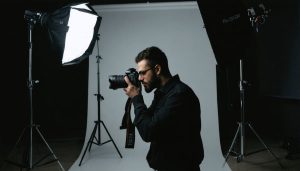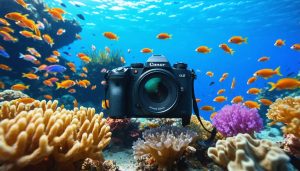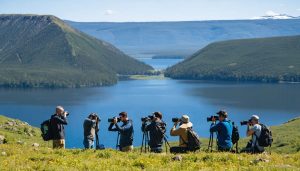Unlock the full potential of your digital photos with powerful editing software that offers advanced tools for color correction, retouching, and creative effects. Look for programs with non-destructive editing capabilities, allowing you to experiment without permanently altering your original images. Streamline your workflow by choosing software with intuitive interfaces, customizable presets, and seamless integration with your existing photo management system. Whether you’re fine-tuning exposure, selectively adjusting colors, or applying artistic filters, the right …
10 Landscape Photography Secrets to Elevate Your Images Today
Choose your focal point carefully to create a strong, balanced composition that leads the viewer’s eye through the frame. Use the rule of thirds, leading lines, and other compositional techniques to add visual interest and depth.
Set your camera to aperture priority mode and select a narrow aperture like f/11 or f/16 for maximum depth of field and sharp focus from foreground to background. For tack-sharp images, mount your camera on a sturdy tripod and use a remote shutter release or timer to minimize vibrations.
Shoot during the golden hours around sunrise and sunset when the light is warm, directional, and dramatic. …
Macro Photography Magic: 7 Simple Secrets to Stunning Close-Ups
Dive into the miniature world with these macro photography secrets:
Invest in a dedicated macro lens with 1:1 magnification for razor-sharp close-ups that reveal intricate details invisible to the naked eye.
Maximize depth of field by setting a small aperture (f/11-f/22), ensuring your tiny subjects are tack-sharp from front to back – crucial for extreme close-ups.
Illuminate your micro scenes with diffused off-camera flash or LED light to freeze motion, enhance colors, and avoid the softening effects of natural light.
Compose for impact by filling the frame, eliminating distractions, and …


